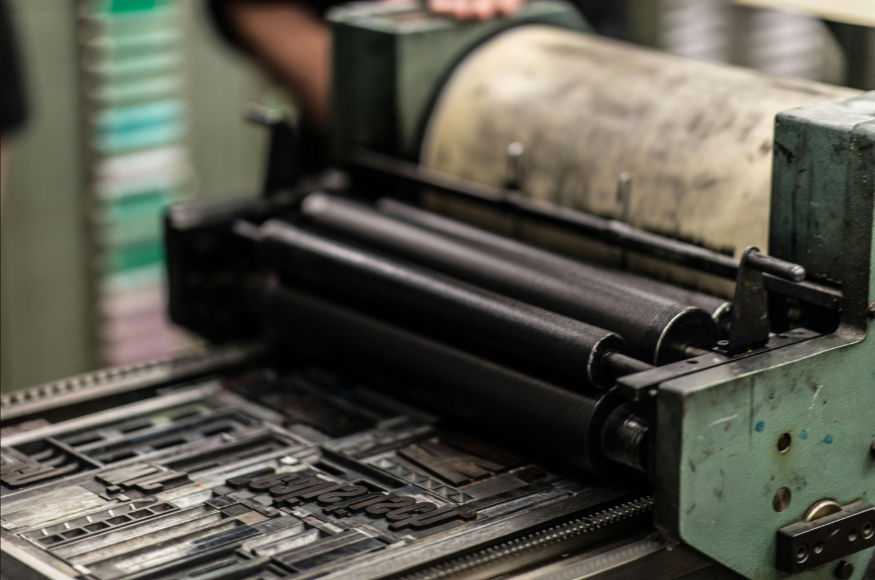Don’t Fear the Formula: Why Plot Structure Isn’t the Enemy of Creativity
- Yassie
- Jul 21, 2025
- 3 min read
What if the problem isn’t the formula? What if the fear of being formulaic is keeping us from building strong, emotionally satisfying stories? Let’s break the myth: structure doesn’t kill creativity. It supports it.

“Isn’t that a bit…formulaic?”
For writers, there are few words more loaded. You pitch a story you’re proud of, only to hear someone wrinkle their nose and say it sounds like something they’ve seen before. Cue the spiral. You question your originality. You second-guess your instincts. You start hacking away at your outline to make it look more “fresh”—even if it worked perfectly.
What Does “Formulaic” Actually Mean?
First, let’s define terms. Formulaic writing, in the critical sense, implies predictable, unimaginative storytelling. It suggests the writer is painting by numbers, using a template without any real flair or substance.
But there’s another definition that’s far more useful and far less negative. In craft terms, formulaic refers to writing that follows a recognizable structure or framework. Think of the three-act arc. The hero’s journey. Save the cat beats. These aren’t boxes that limit you.
They’re tools that shape narrative energy. They guide readers through tension, change, and emotional payoff. And that’s the key. The structure is a means, not an end.
What Structures Are For
You already know these frameworks, even if you’ve never studied them. They’re in every great film, novel, and bedtime story. The protagonist wants something. There’s resistance. Stakes rise. A choice is made. The ending earns its weight.
Sound familiar? That’s structure.
Plot structures exist to do a few powerful things:
Build momentum. When used well, they keep the story moving. No saggy middles. No flat resolutions.
Center emotional arcs. They remind us that plot is more than what happens but how characters change as the plot happens.
Create trust. Readers may not consciously chart your beats, but they feel when something’s off. Structure aligns the story with our innate craving for resolution.
In short, structure doesn’t make stories boring. It makes them make sense.
So Why Do Writers Resist It?
Because no one wants to be called “predictable.” And in some ways, that’s fair. Lazy execution of structure—plugging in tropes without care—results in flat stories. You’ve read them. So have your readers.
But here’s the truth: it’s not the framework’s fault. Formulaic execution is the problem—not formulaic form. Think of structure like a dance floor. It gives you boundaries—yes—but within that space, you’re free to move, spin, pause, surprise. Two stories can share the same beats and feel completely different in voice, tone, and impact. The artistry isn’t in avoiding form. It’s in how you fill it.
Structure Doesn’t Mean Surrender
Let’s bust a few myths:
“Structure kills originality.” Not at all. It’s what you do within the form that sets you apart. Voice, character, theme, and subtext, those are infinite.
“Formulas are for beginners.” Actually, the more seasoned the writer, the more they tend to respect structure. You can’t subvert something well until you understand it deeply.
“Readers want something new.” They do, but it does not correlate to how using structure means you’re doing something familiar.
How to Use Structure Without Becoming Formulaic
Start with beats, not scenes. Know your key emotional turns, then explore how to get there.
Character drives plot. Even the most structured story feels fresh when character choice—not external coincidence—leads each major moment.
Subvert strategically. Set up reader expectations…then twist them. (But don’t twist for the sake of surprise—twist for meaning.)
Let your voice breathe. Structure is invisible when your voice is vivid. Rhythm, tone, and phrasing are what elevate the familiar.
Use structure as a diagnostic tool. If your pacing feels off or stakes are flat, plot structure helps you find where the story lost its shape.
Framework Isn’t the Foe
You don’t accuse a poet of being unoriginal for writing in sonnet form. You don’t tell an architect their house is boring because it follows engineering principles. So don’t fear the formula.
A well-worn path doesn’t make the journey any less breathtaking, especially when you leave your own footprints behind. Plot structure isn’t a crutch. It’s a craft. Use it. Shape it. Bend it.
But above all, trust that it’s there to help you tell your story, not to smother it.
Enjoyed this article? Check out our other features below! If you're a writer looking for a professional editor, look no further. Send your manuscript to themanuscripteditor.com for a complimentary 800-word sample. Let us help you bring your book to life!








Comments